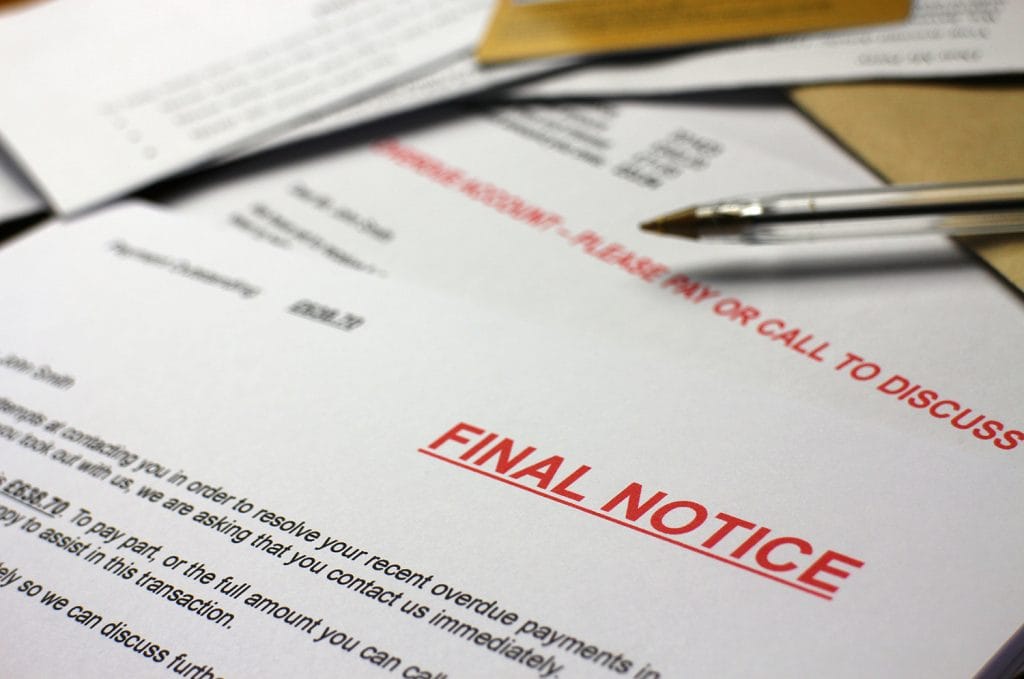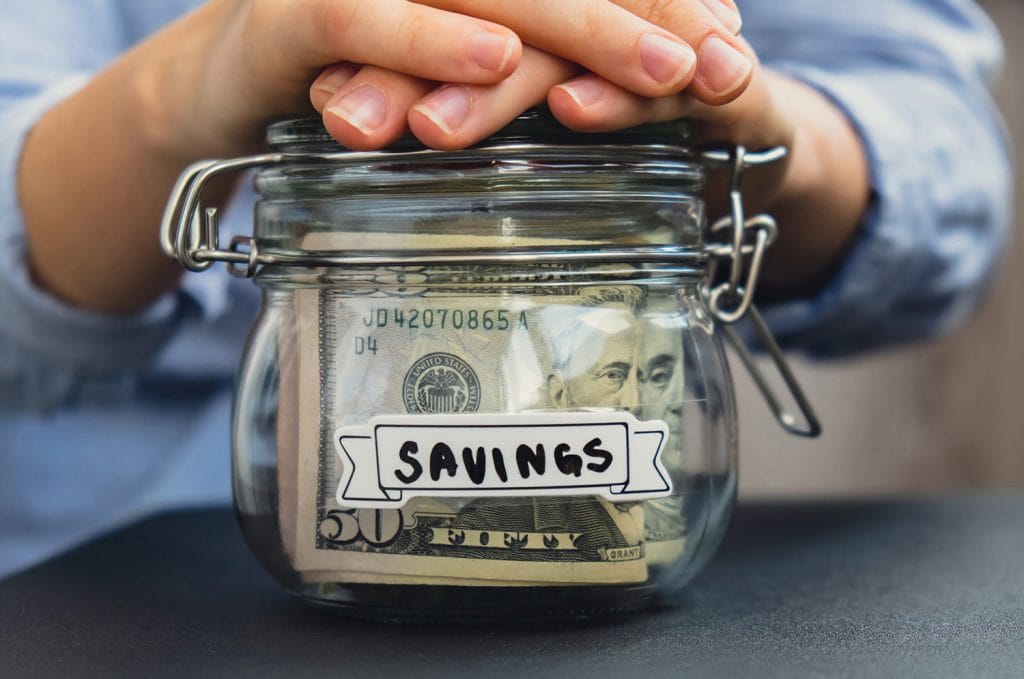
Phantom Debt Scams: What to Do If a Collector Calls You
Scammers are pretending to be debt collectors to pressure you into paying money you don’t owe. Learn how this scam works and how to protect yourself.
Imagine this: your car suddenly breaks down on a busy day, or an unexpected round of layoffs turns your world upside down. What do you do?
Situations like these, while typically infrequent and unpredictable, can derail otherwise sound finances in a matter of seconds if you aren’t prepared. That’s where an emergency savings fund comes in.
Saving for the Serious: Overlooking a Necessity
When things are going well, the need for an emergency fund can seem trivial, and it may be tempting to put your extra money toward other goals or wants. However, unexpected costs are essential to plan for, and the best way to do so is by setting aside money in a dedicated emergency savings account. Here are three key reasons why:
Setting the Savings Bar
Life is full of evolving challenges and needs. Your emergency savings strategy should adapt to your current situation, too.
Typically, experts recommend having enough in your emergency fund to cover three to six months of living expenses. However, your savings strategy will likely change over time, particularly as your career evolves. By the time you near retirement, you should aim to build enough savings to cover one to two years of living expenses to compensate for potentially irregular income during retirement.
Remember that your own savings goals may vary based on your circumstances and finances. Account for factors like job security, income amount and stability, and debt obligations. When it comes to saving for emergencies, starting somewhere, even with small contributions and growing them over time will help steadily accelerate your emergency savings balance.
Selecting a Savings Safe Haven: Choosing the Right Account
Your emergency savings fund needs the appropriate environment to flourish. The best environment for your emergency savings can vary based on your goals and circumstances. Here are common emergency savings account options:
Savings Strategies and Tips for Success
You don’t need a massive initial deposit or significant ongoing contributions to grow an emergency fund. You just need dedication and forethought. Here are several tips to help you make tangible progress on building your savings:
All Progress Is Positive
In a world where certainty is a luxury, building an emergency fund is not just a sound financial strategy; it’s a necessity. Growing robust emergency savings can take years of dedication, so remember that any progress – regardless of size – is a step in the right direction.
Let us be your partner in financial wellness. Contact us to see how we can help support and enhance your savings strategy or accommodate unexpected expenses.

Scammers are pretending to be debt collectors to pressure you into paying money you don’t owe. Learn how this scam works and how to protect yourself.

The savings bucket method helps you organize your goals into separate savings accounts, making saving clearer, easier, and more rewarding.

Many employers now offer financial wellness and lifestyle benefits. Are you taking advantage of all you can get?
Copied to clipboard!